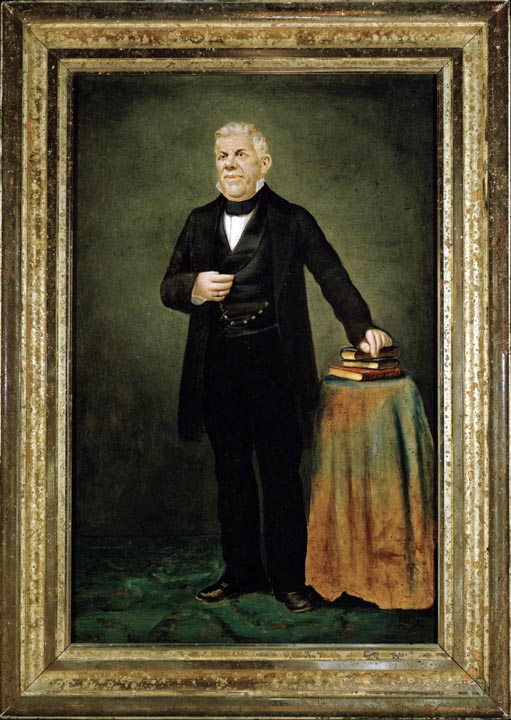Pío de Jesus Pico influences California history for most of the 19th Century.
Born in 1801, he is 31 years old when appointed governor — for the first time — of the Mexican territory of Alta California. He takes over as interim governor from Manuel Victoria, who refuses to secularize mission properties.
By the 1820s, the mission system has fallen into disrepair. Ranchers, farmers and soldiers covet the rich, coastal lands of the missions. Mexico passes a law to secularize the missions and disperse their land holdings. Victoria refuses to enforce the law.
In his brief stint as interim governor, Pico starts the process of moving mission lands into the hands of private citizens, his friends and allies among them. He steps down 20 days later, and José María de Echeandía, Victoria’s predecessor, becomes governor for his second of two stints in the top job. (California’s era as a Mexican territory — 1822-1846 — is politically tumultuous, with 15 changes of leadership in 24 years.)
Pico is a native Californian, born at the San Gabriel Mission, the son of a military guardsman. He is of African, Native American, and Mexican descent. He spends his childhood in San Diego and as a young man opens a general store there. He travels on business throughout Alta California and comes to know many of the leading Californio families.
In 1826, Pico wins election to the diputacion, the Legislature that advises the governor. He begins to acquire property, starting with a land grant in San Diego of over 8,000 acres. Other land grants follow, notably the Rancho Santa Margarita y Las Flores grant of over 133,000 acres in San Diego, the site of present day Camp Pendleton.

After helping oust his predecessor, Pico becomes governor again in February 1845. He moves the capital from Monterey to his adobe in Los Angeles and completes the secularization of mission lands.
Pico will be the last governor of Mexican-held California, as the U.S. declares war on Mexico on May 13, 1846. Pico flees to Baja, but returns to Los Angeles in 1848 as a private citizen. He is elected to the Los Angeles Common Council, and continues to acquire large land holdings in the San Gabriel Valley, where he builds a mansion. The Gold Rush of 1849 creates a huge demand for beef, and Pico, along with several Californio ranchers, makes a fortune in cattle ranching.

Construction is completed of the Pico House Hotel on Los Angeles’ central plaza in 1870. The 80-room hotel stands at 424 N. Main, near present day Olvera Street. It is the first luxury hotel in the city — and its first three story building.
But ownership of the hotel is short-lived. Poor business dealings and a multitude of lawsuits leave Pico landless, penniless and living on the charity of family and friends by the end of his life in 1894.
He loses his adobe mansion in the San Gabriel Valley in a lawsuit. The home is later bought and restored in 1909, thanks to the fundraising efforts of his friend and neighbor, Harriet Russell Strong. The adobe and land is deeded to the state and it becomes Pío Pico State Historic Park in 1927.
TOP PHOTO: Pío Pico, Governor of Mexican California. Library of Congress.

